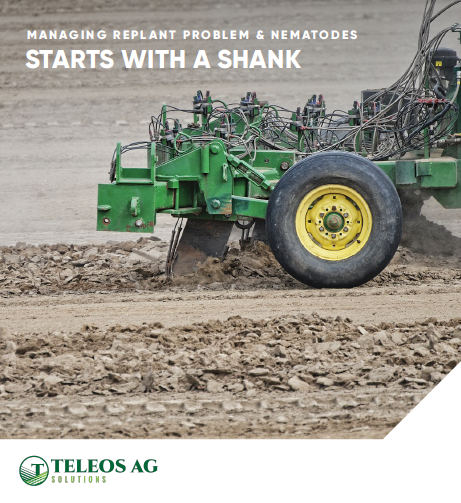Harvesting Stem-Free Sweet Cherries Mechanically
As a kid, you may remember watching the film “2001: Space Odyssey.” That year seemed so far away in the distant future. Yet, here we are in 2010. Granted, we aren’t cruising around in spaceships or living like the Jetsons did, but technology and innovation have moved swiftly in the past few decades.
Research is important in the world of agriculture. However, the sweet cherry industry has yet to evolve its harvesting practices, and most of the harvesting is still done by hand. Sweet cherry harvest is one of the most labor-intensive of all agricultural endeavors.
Washington State University-Prosser–Irrigated Agriculture Research and Extension Center has been awarded a four-year grant from USDA titled, “A Total Systems Approach to Developing a Sustainable Stem-Free Sweet Cherry Production, Processing, and Marketing System.” This project involves a team of researchers across the nation, with experts from Washington State University (WSU), Oregon State University, University of California Cooperative Extension, and Michigan State University. A “Dream Team” of sorts was compiled by Dr. Matthew Whiting, associate professor and Extension specialist at WSU-Prosser.
Stakeholders were included in every step of the planning process. In 2004, Whiting’s lab partnered with innovative growers and USDA-ARS engineers to initiate preliminary research efforts with funding from the Washington Tree Fruit Research Commission. In each of the last four years, Dr. Whiting has demonstrated a prototype mechanical harvest system at his annual field day to more than 120 growers. Grower/industry feedback was solicited and has been incorporated into the structure of the current project. On March 5, 2009, the framework and objective setting for this project were refined at a meeting attended by 22 stakeholders from Washington and Oregon representing the entire value chain, from nursery to retail.
The project’s objectives are as follows:
• Develop high efficiency productive angled fruit wall orchard systems.
Currently, most trees in sweet cherry orchards in the U.S. are not grown in a way to allow for a fully mechanical harvester. To achieve gains in labor efficiency and an increase in the growers’ bottom line, new trees must be grown in a way to accommodate mechanical harvesting.
• Establish the genetic bases for sweet cherry abscission.
Researchers will be studying abscission in sweet cherries, or in other words, how easily sweet cherries separate from their stems. Applications of the ethylene-releasing plant growth regulator, ethephon, will be used to induce abscission.
• Improve labor efficiency and safety with mechanical and/or mechanical-assist harvest technologies.
Preliminary testing with the USDA-ARS mechanical harvester prototype has shown the potential to dramatically reduce harvest costs compared to traditional hand harvesting. Research in this area will address three objectives for three different types of technology: fully mechanical harvester, shake-and-catch mechanical assisted harvester, and a partially mechanical assisted harvester.
• Extend shelflife and consumer appeal of cherries.
The fully mechanized harvest and shake-and-catch mechanical assist processes yield stem-free fruit, and this raises concerns over product storability and shelflife. Researchers will study the shelflife of stem-free sweet cherries, and how to prolong the fruit quality with new ways of packaging.
• Develop premium markets for stem-free cherries.
Assessing market potential and consumer acceptance for stem-free sweet cherries is critical to this program’s efforts. Preliminary consumer preference studies are promising. From a study in Portland, OR, for example, there was significantly greater overall liking for stem-free cherries compared to standard cherries.
• Economic models for outreach and adoption.
U.S. cherry producers are facing the dual threat of a scarcity of harvest labor and increasing labor costs. Innovative technological solutions will be essential to remain competitive in the future. New technologies are often assumed to be too expensive, unproven, or affordable only for large scale growers. This project will include economic analyses necessary to evaluate the potential for new technology to generate a profit for all growers.
As you can see, this research project is extensive and exciting! As the team ramped up, I was hired in December as the project coordinator/communications specialist. It will be my job to keep the project moving along smoothly, and to communicate research findings to the public. We are in the process of developing a dynamic website with lots of great features and information to keep the public informed about our progress and findings.
For more information, or to voice questions or concerns, please email me at [email protected].









